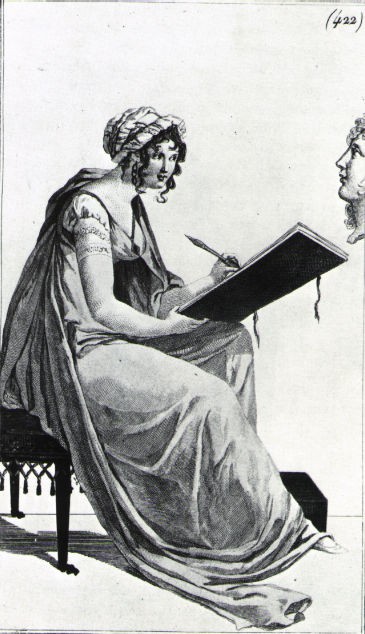The New York Public Library, Astor, Lenox and Tilden Foundations is the full name of the system of research and lending libraries in Manhattan, the Bronx, and Staten Island. The name itself conjures up an image of New York as a young city with growing population and wealth, in the era of philanthropists and philanthropy of the late 19th century. In 1895, the Astor Library, a reference library, and the Lenox library (a collection of rare books including a Gutenberg Bible) were combined with the legacy of Samuel J. Tilden, and thus the New York Public Library was born. Work on the new library building, under the direction of the firm of architects Carrère and Hastings, began in 1900 on Fifth Avenue between 40th and 42nd Streets. On completion, it would be considered a high point of Beaux-Arts style. The architects worked closely with librarian and director John Shaw Billings to design an enormous reading room, several floors for the book stacks, and a rapid-delivery system. But before this stage of its early development was over, another famous name was added to the list of philanthropists, that of Andrew Carnegie. His gift was contingent upon the city's financial co-operation and was thereby to initiate a partnership that continues today. The Beaux-Arts building was dedicated on 23rd May, 1911 in the presence of the president of the United States. The following day, the library opened its doors. Today the city's library system includes 82 branch libraries and four research centres, 11.6 million items growing at a rate of about 10,000 per week, and is visited by more than 12 million people per year.
Two lions stand guard in front of the Fifth Avenue research library and although they have been known under various names, today New Yorkers call them Patience and Fortitude. They have become the library's mascots for official occasions, such as the annual Literary Lions gala, where authors such as James Baldwin, Toni Morrison, and E.L. Doctorow have been “lionized”, that is, awarded the Library's coveted gold medal for literature. The entire structure with its columns and lions, all in marble, could be seen as imposing and far from welcoming, but to judge from the hundreds of people sprawled familiarly on the steps on a fine day, New Yorkers take the “public” in New York Public Library very seriously. The lions are often used as a point of reference or meeting place.
Research is not the only reason for visiting Fifth Avenue between 40th and 42nd Streets. At any given moment, the library offers two to three exhibitions, for example: photographs of New York City on the third floor corridors; manuscripts and book illustration in a third-floor exhibition room; and a larger exhibition on fashion on the main floor. What's more these exhibitions are free, easy, and eminently manageable.
One of New York Public Library's most famous collections is its Archive of Military Uniforms, a resource base centred on two major donations. The first, the Vinkhuizen Collection, was given to the library by Mrs. Henry Draper in 1911, and it comprises 32,236 illustrations, as well as some watercolour drawings, documenting a period running from early times up to 1909. Most of the plates are of the uniforms of France and its colonies, Italy, and the Netherlands, but there are also images relating to Great Britain (and the Empire), Russia, Turkey, and Egypt. The second donation came when the library inherited the library of General DeWitt Clinton Falls in 1938. His bequest comprised an excellent collection of pictures, drawings, and photographs of United States uniforms, notably from the Spanish-American War up until World War I. In addition to these gifts, the library has extensive holdings of illustrated books on naval and military costume as well as dress regulation manuals for various armies and navies. The scholar of military history, the re-enactor, or the film-maker could lose him- or herself for hours and maybe days in these collections.
New York Public Library


